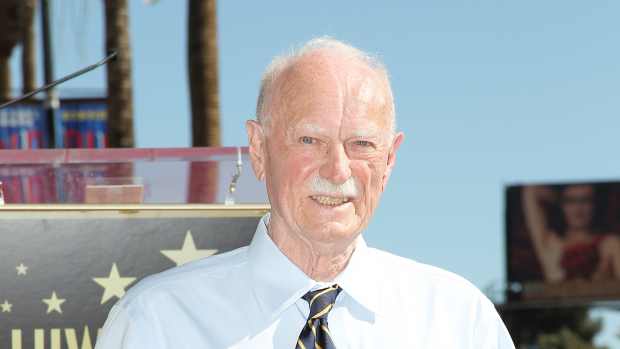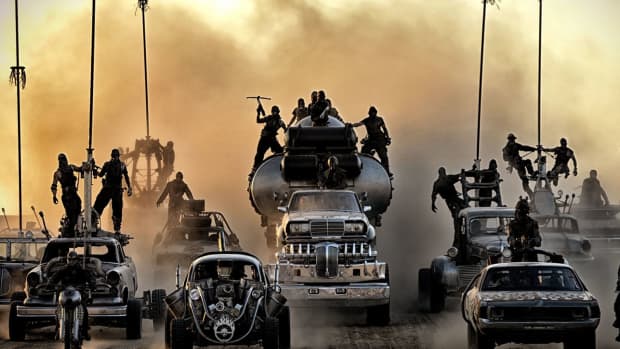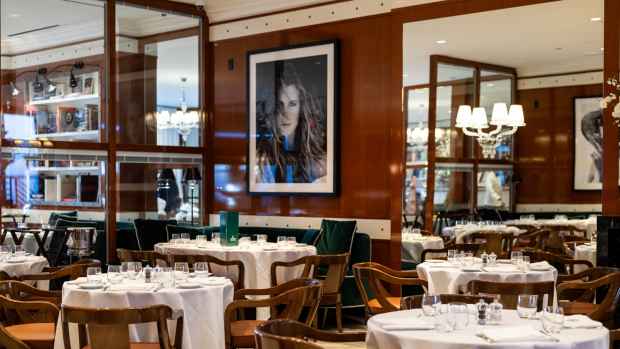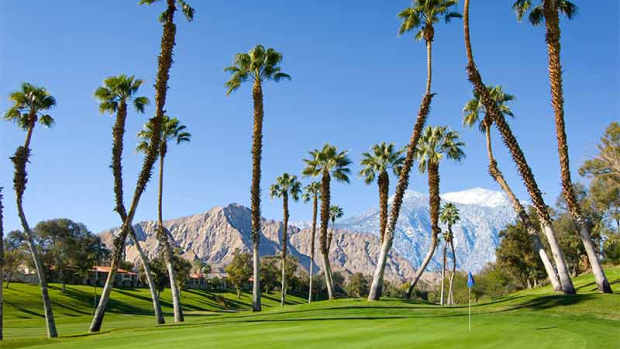How Beverly Hills and Cannes Became ‘Sister Cities’

Director Sydney Pollack with Cannes Mayor Anne-Marie Dupuy and Charlotte Spadaro in 1986
AP PHOTO/GILBERT TOURTE
As this year's Cannes film festival begins in the South of France, we look back at how the town became the sister city of Beverly Hills.
The Sister Cities exchange program is a relic of the Cold War. In 1956, President Dwight Eisenhower railed against communism and reasoned that if the United States could send professors, doctors and labor leaders abroad to extol American values, we could “widen every possible chink in the Iron Curtain.” The campaign soon turned to promoting tourism.
Los Angeles and Nagoya, Japan were paired in April 1959. Six years later, Beverly Hills followed with Acapulco at the urging of the Mexican president. With film stars and executives long settled in the 90210 zip code, the idea was floated to add Cannes to the sisterhood. Movie buff Ethelda Singer first pitched the French city, but it went nowhere until 1986 when then-Mayor Charlotte Spadaro pushed it through as her first official act during a contentious city council meeting.
Soon after Spadaro was sworn in, she brought up the urgent proposal to a skeptical council and a fight broke out over the French connection. The action came soon after France had forbid the U.S. from flying over the nation on our way to bomb Libya and found themselves unpopular among certain residents of the city. Sadaro wanted to attend the festival “to smooth things over.”
Two weeks later, she was on the Côte d’Azur. That year's American winners included Martin Scorsese's After Hours, Robert Altman's Fool For Love and Franco Zefirelli's Otello. Pacific Palisades resident Sidney Pollack was president of the jury.
Paul Kuperstein, a CPA who owns a home in the South of France, is the current ambassador to the program. “There has been no activity in at least four years,” he says, noting that “it’s hard to get money” to send school-age singers and dancers overseas. He does still trade Franco-American relations — between firemen, chefs and luxury shop owners. Indulgence is one thing the two cities have in common.







